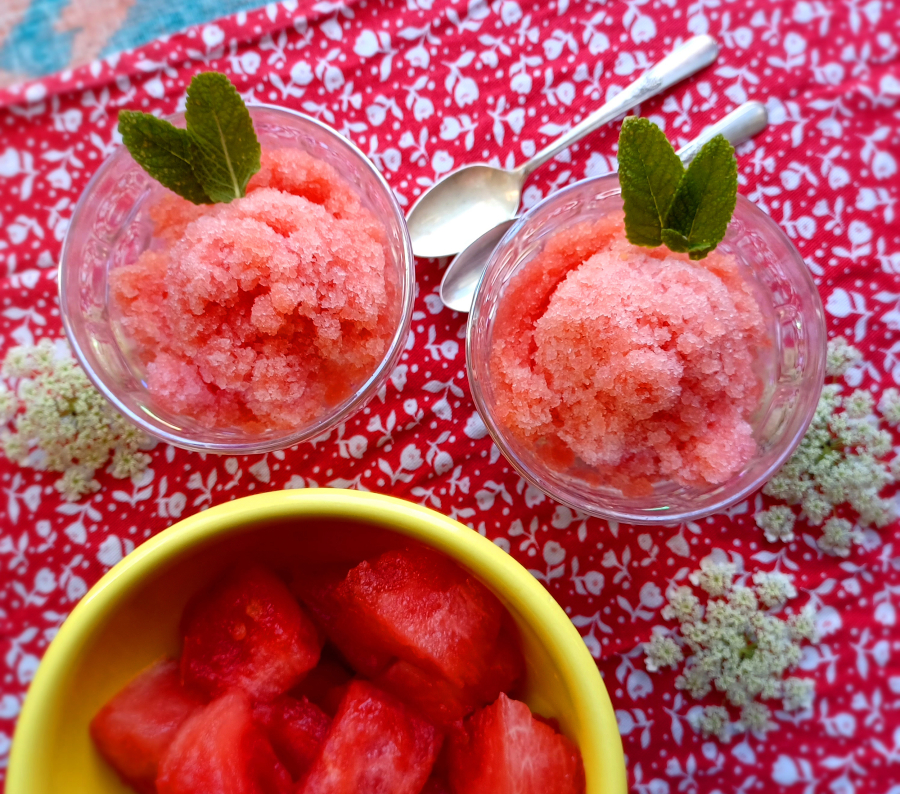Although I was obsessed by all things Italian when I was a teenager and was lucky enough to visit several places in Italy, I never made it to Sicily. Then again, neither did I achieve my other youthful aspiration, which was to become an actress and land a recurring role on the 1980s sitcom “The Facts of Life.” Que sera, sera. Or “quel che sara, sara” as a Sicilian would say.
I watched “Cinema Paradiso,” a 1988 Italian movie set in Sicily, about a million times. I cried openly about what seemed (to my unformed cerebral lobes) the most romantic story ever. I especially loved the shots of the rocky Sicilian coastline with its impossibly azure ocean. I longed to visit the storied island, particularly because I had a desperate crush on an Italian classmate named Salvatore, who also happened to hail from Sicily.
I gave myself an unofficial education in Sicilian geography and culture, eating up everything I could find about any fact remotely related to Sicily. Even so, I never learned until recently that granita, a refreshing dessert made from frozen fruit, was invented in Sicily. In the ninth century, when the island was under Arab rule and hundreds of years before anyone invented electric freezers, some enterprising soul combined fruit, ice and sugar to make what was originally called sharbah, an Arabic word meaning “a drink” (not to be confused with another Arabic word, “sharibah,” which means “his mustache”).
From this root word springs two other words describing cold, fruity desserts: sherbet and sorbet. Sherbet is now distinct from granita in that it contains a small amount of dairy as well as fruit. Sorbet contains no dairy or eggs, though it is sweeter, smoother and denser than granita.




